Dr. William Hammon published first evidence that antibodies to polio could prevent disease
In Oct. 1952, Dr. William McDowall Hammon of the University of Pittsburgh Graduate School of Public Health published…
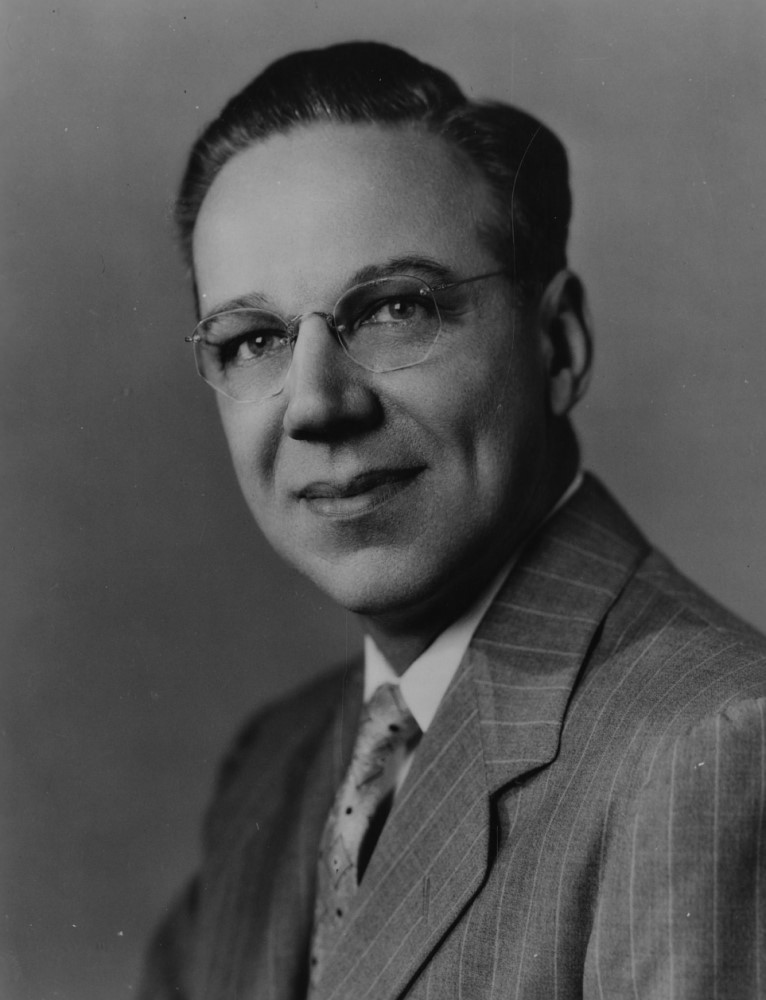
In Oct. 1952, Dr. William McDowall Hammon of the University of Pittsburgh Graduate School of Public Health published…
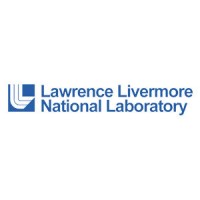
On Sept. 2, 1952, the University of California Radiation Laboratory, now known as the Lawrence Livermore National Laboratory…
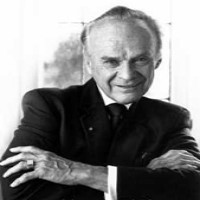
On Sept. 2, 1952, Dr. C. Walton Lillehei professor of surgery at the University of Minnesota, and colleague…
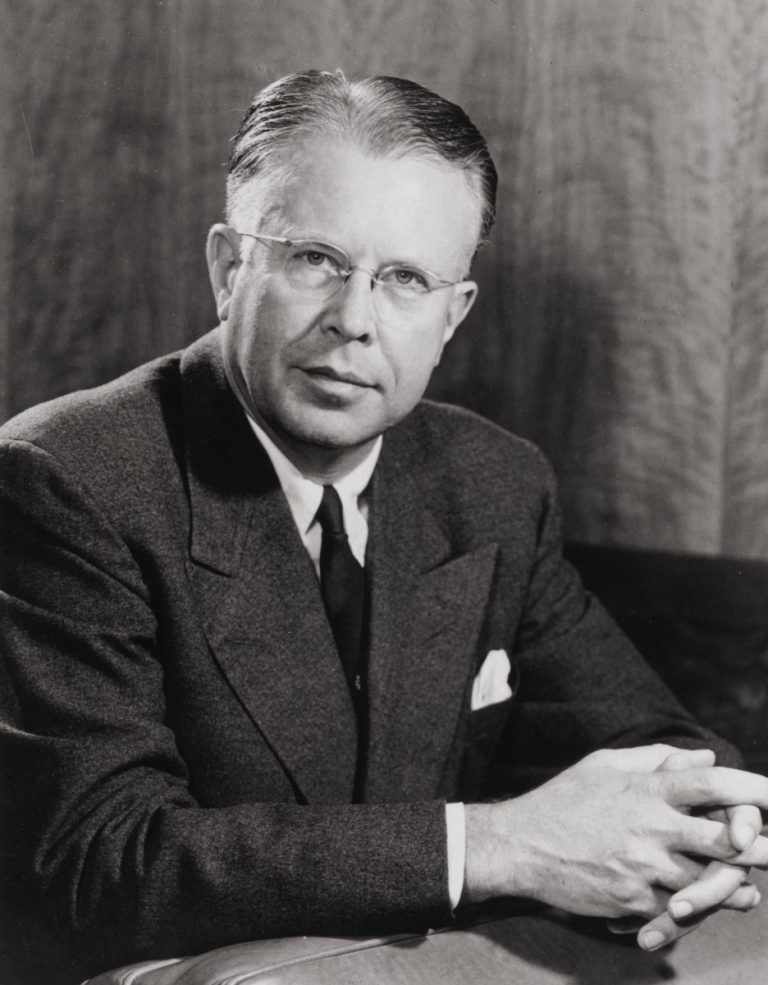
On Aug. 26, 1952, Founders Day marks the date that Ernest Lawrence received permission to open up a…

On Jul. 16, 1952, a heat-phenol inactivated typhoid vaccine by Wyeth was licensed by the U.S. Food and…
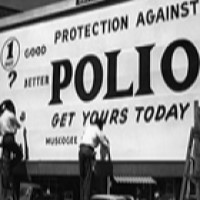
Jul. 2, 1952, Dr. Jonas Salk first innoculated children at the D. T. Watson Home for Crippled Children…
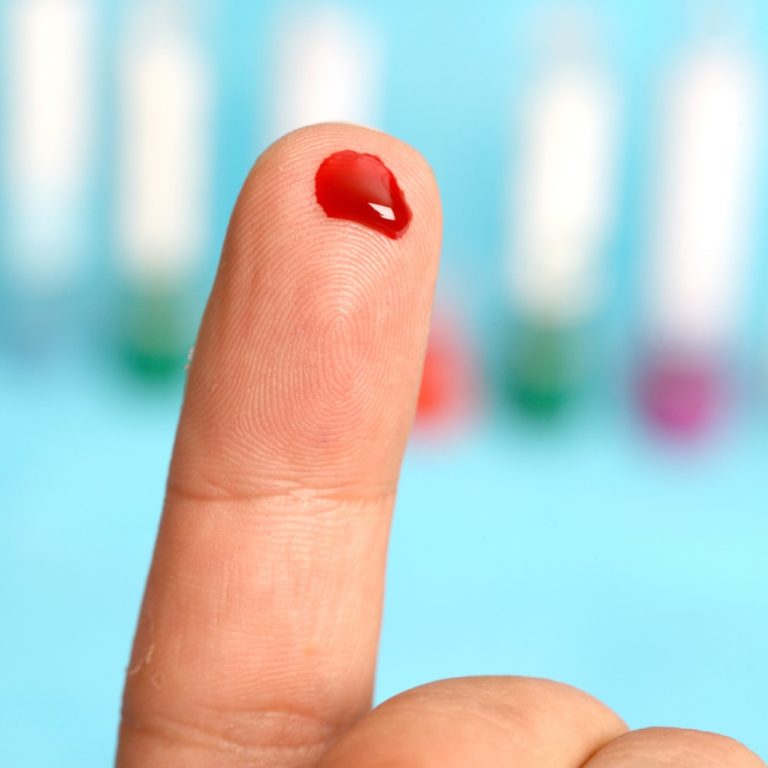
On Jun. 12, 1952, Dr. Jonas Salk went to the D. T. Watson Home for Crippled Children (now…
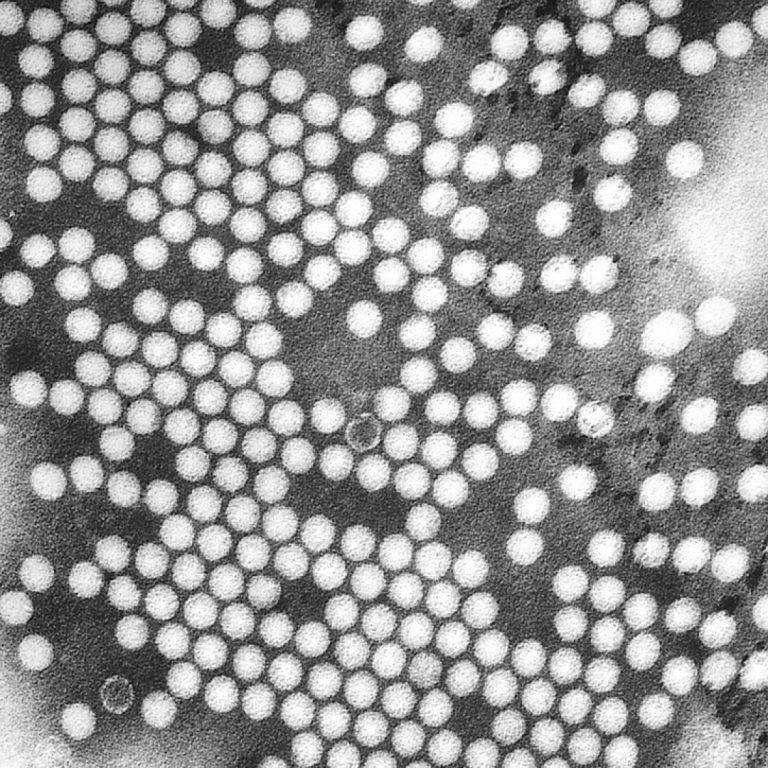
In Jun. and Jul. of 1952, Dr. William Hammon continued with his gamma globulin Polio vaccine field trials…

Since 1952, global influenza surveillance has been conducted through WHO’s Global Influenza Surveillance and Response System (GISRS). The…
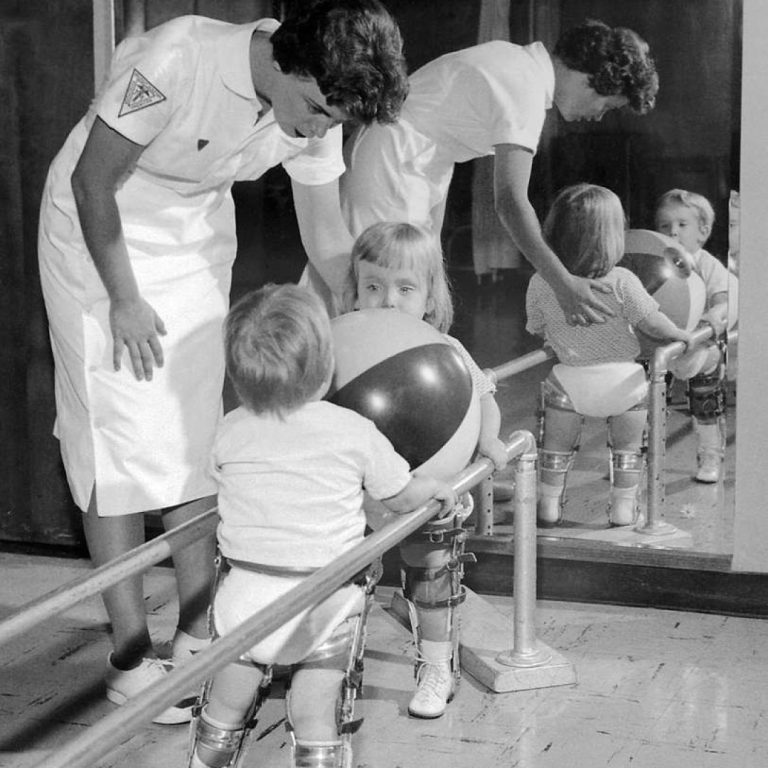
In September 1952, Dr. William Hammon conducted the first placebo-controlled field trial of gamma globulin that, in just…
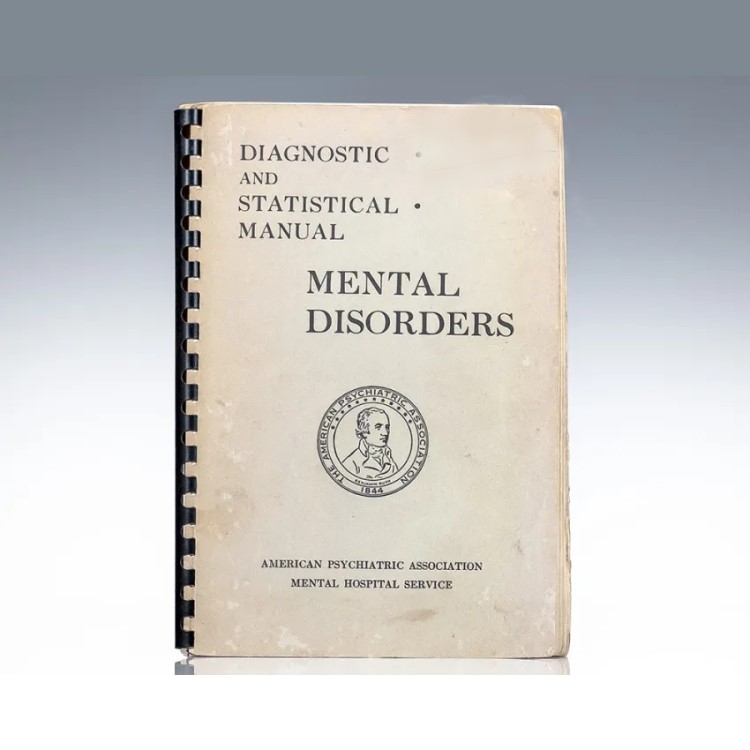
In 1952, the first edition of the Diagnostic and Statistical Manual of Mental Disorders (DSM) was published and…

In 1952, the first The Medical College of Virginia Ph.D. degree was awarded. (Pharmacology).
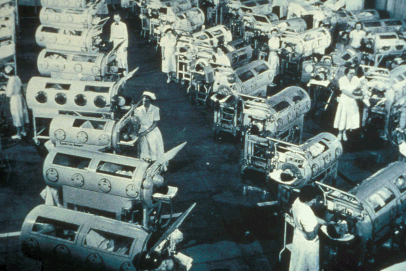
In 1952, the summer of 1952 recorded 57,628 cases, the worst polio epidemic in U.S. history. This added…
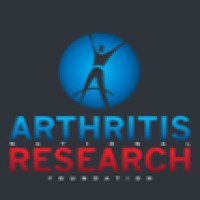
In 1952, the Arthritis National Research Foundation was incorporated as California nonprofit to fund arthritis research. The organization…

In 1952, Alfred Hershey and Martha Chase showed that only the DNA of a virus needs to enter…
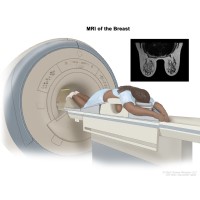
In 1952, Felix Bloch at Stanford University and Edward Mills Purcell at Harvard University were awarded the Nobel…
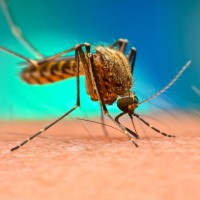
In 1952, the Chikungunya virus (CHIKV) was first recognized and isolated from Makonde Plateau in southern Tanzania. Chikungunya…
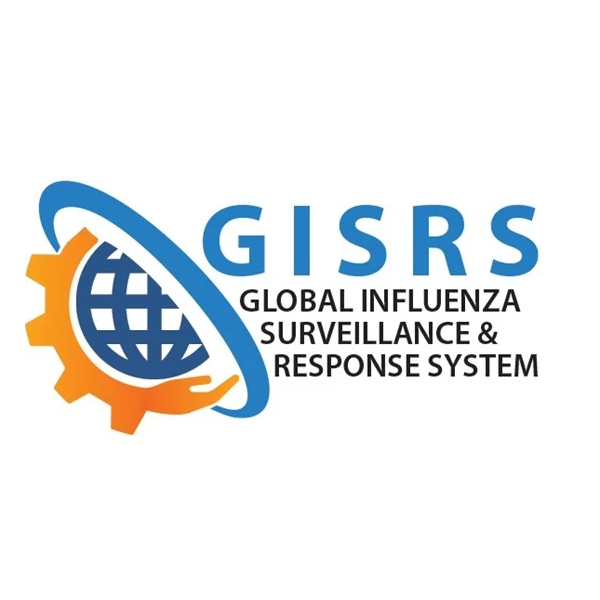
In 1952, the Global Influenza Surveillance and Response System (GISRS) was created by World Health Organization (WHO) to…
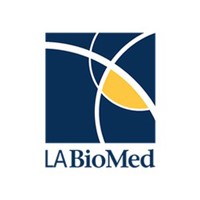
In 1952, the Los Angeles Biomedical Research Institute (LA BioMed) was founded. Today, LA BioMed is a 501(c)3…

In 1952, Lundquist Institute for Biomedical Innovation, 501(c)3 independent non-profit biomedical research organization, was founded.

In 1952, Dr.Wilfred Bigelow used induced hypothermia to perform the first open-heart operation on a human.

In 1952, the Zika virus was identified in humans. The virus was first discovered in Uganda in 1947….

In 1952, Dr. Jonas Salk and his team found monkey kidney tissue to be the most fertile environment…

In 1952, Alfred Hershey and Martha Chase conducted a series of experiments at the Carnegie Institute of Washington…
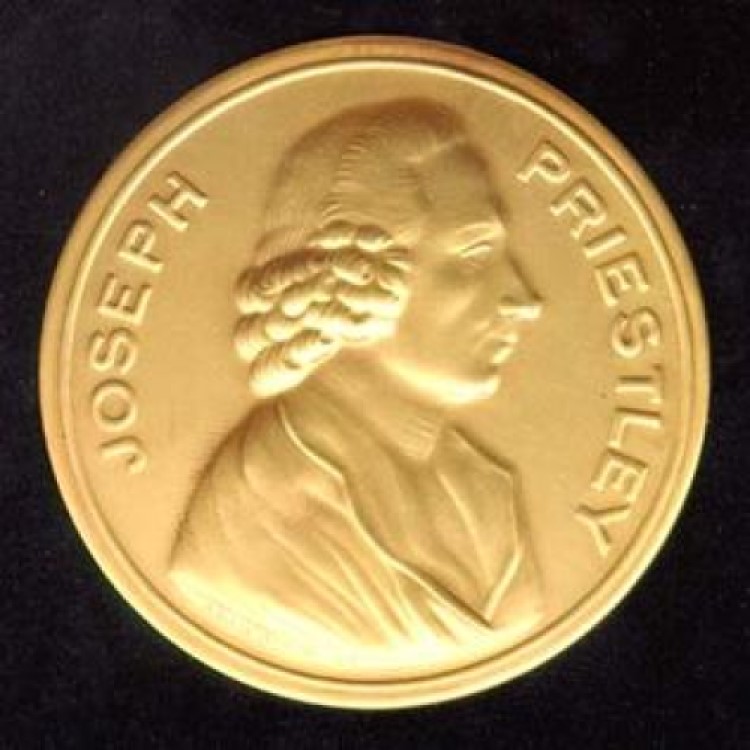
In 1952, the Priestley Medal was awarded to Samuel C. Lind by the American Chemical Society “to recognize…

On Oct. 26, 1951, the Durham-Humphrey Amendment, also known as the Prescription Drug Amendment, was signed into law…
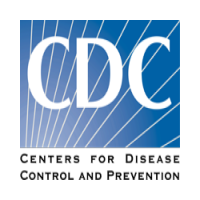
On Sept. 26, 1951, the U.S. Centers for Disease Control and Prevention (CDC) established the Epidemic Intelligence Service…
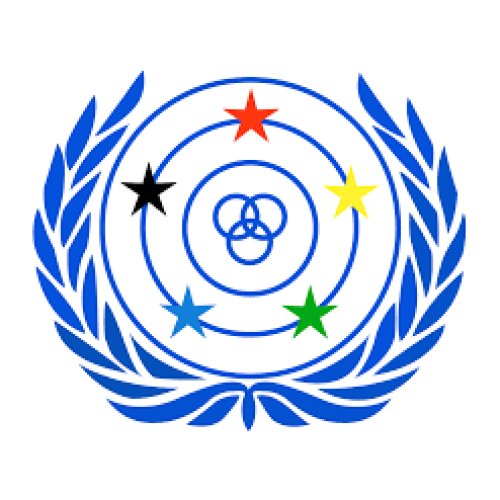
On Sept. 23, 1951, the World Federation of the Deaf (WFD) was established in Rome during the first…

On Jun. 1, 1951, the Ben May Laboratory for Cancer Research at the University of Chicago opened its…
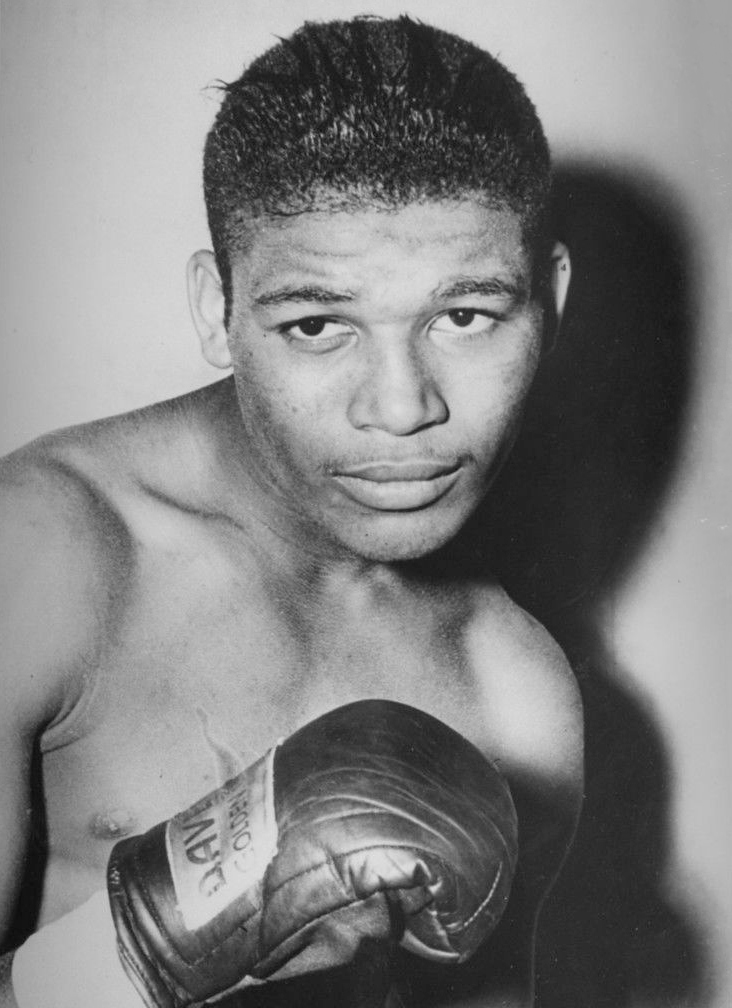
On Apr. 9, 1951, world boxing middleweight champion Sugar Ray Robinson defended his crown in Oklahoma City by…